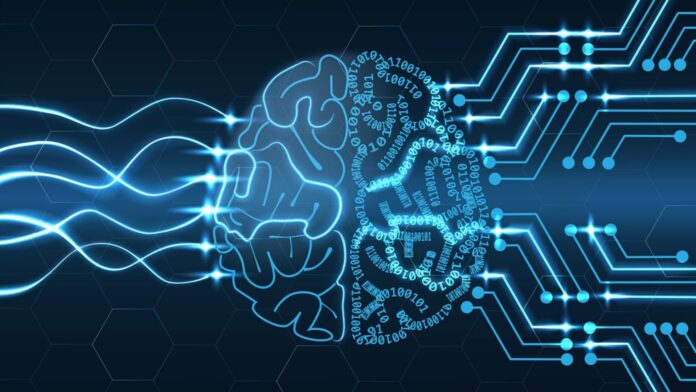Artificial Intelligence in hearing aid has been around for a long time, and the following is a summary of how it began. Hearing aids used to be quite straightforward, he says, but when the technology known as wide dynamic range compression (WDRC) was introduced, the devices started to make a few decisions depending on what they heard. Hearing aids must adjust to a person’s particular hearing needs as well as a variety of background noise settings to be successful. Artificial intelligence, machine learning, and neural networks are excellent tools for dealing with such a complex, nonlinear, multi-variable problem.
The outcome of the research
When it comes to enhancing hearing, researchers have already accomplished a lot with AI. For example, researchers at Ohio State University’s Perception and Neurodynamics Laboratory (PNL) taught a DNN to identify speech from other noise (such as humming and other background conversations). With this individuals with hearing impairment were able to decipher 84% compared to the 29% of words muddled by noise without the program.
Utilization of neural networks in hearing aids
Major hearing aid manufacturers have been incorporating AI technology into their premium hearing aid models. Widex’s Moment hearing aid uses AI and machine learning to generate hearing programs that are tailored to the wearer’s regular settings. Oticon has announced the release of Oticon More, the first hearing aid with an integrated deep neural network. Oticon More’s neural net receives a complex layer of noises, known as the input, in a busy environment. Then DNN gets to work, examining the input and extracting simple sound parts and patterns. Finally, the hearing aids decide how to balance the sound scene, ensuring that the output is clear and perfectly balanced for the individual’s unique type of hearing loss.
The need for AI-enabled hearing aids
Some patients, for example, who live alone or rarely leave the house and frequently find themselves in crowded situations, may not require all of the functions available in higher-end devices. However, AI-powered features enable a better hearing experience for anyone who is out and about a lot, especially in scenarios with large soundscapes. Memory improvement can be measured in a variety of ways, the most basic of which is memory recall. Artificial intelligence reduces the number of time humans spend making sense of the noise in their environment, a process called a listening effort. When a person’s listening effort is more natural, he or she may concentrate more on the discussion and all of the intricacies provided within it. As a result, incorporating AI into hearing aids would allow the brain to function more naturally.
Follow and connect with us on Facebook, LinkedIn & Twitter

